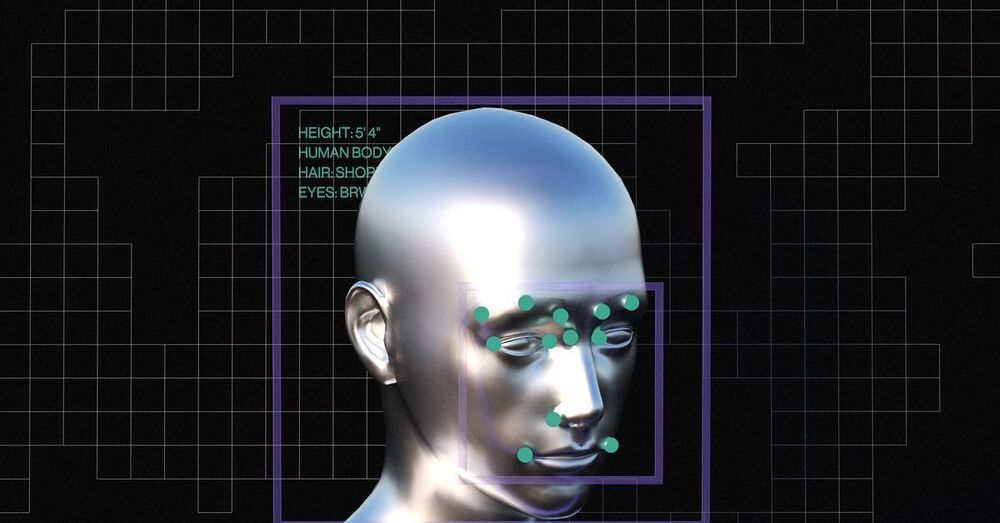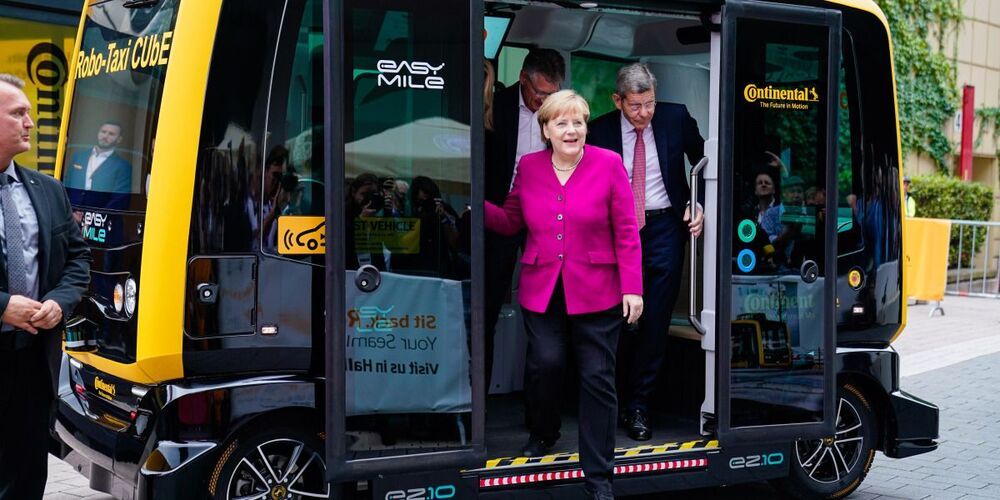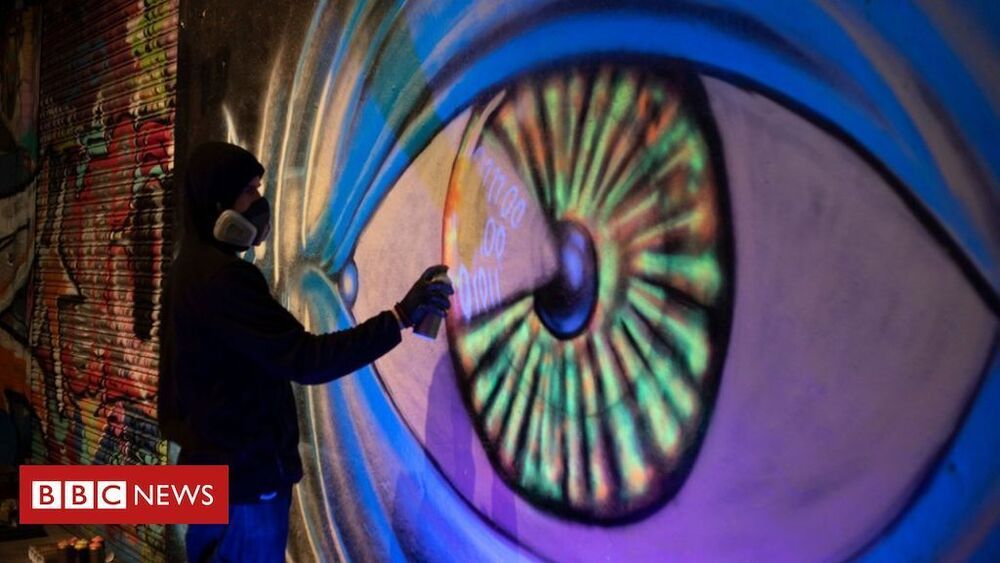It’s an uphill battle.
Clearview AI’s facial recognition system has scraped millions of images from Facebook, LinkedIn, and other services. Is there any way to get out of the company’s database?


A team at the Viterbi School of Engineering at the University of Southern California have created something that could turn the tide in how fast vaccines come into existence.
They created an AI framework that can significantly speed-up the analysis of COVID vaccine candidates and also find the best preventative medical therapies. This is at a time when more and more COVID mutations are emerging, bringing existing vaccine efficiencies into question.
Virologists are concerned that the mutations will evolve past the first vaccines. The UK even set up a genomic consortium to look solely at where these mutations are cropping up. In the global picture, while some poorer countries wait for access to the vaccine, they become sitting ducks for highly infectious mutations.

The Yara Birkeland, the world’s first net-zero, battery-powered autonomous container ship, is undergoing further preparations for autonomous operation and a late 2021 launch.
The Norwegian ship Yara Birkeland, the world’s first net-zero, battery-powered autonomous container ship, is looking at a late 2021 launch.
The world is entering a new era of warfare, with artificial intelligence taking center stage. AI is making militaries faster, smarter and more efficient. But if left unchecked, it threatens to destabilize the world.
This small-scale humanoid is designed to do parkour over challenging terrains.
For a long time, having a bipedal robot that could walk on a flat surface without falling over (and that could also maybe occasionally climb stairs or something) was a really big deal. But we’re more or less past that now. Thanks to the talented folks at companies like Agility Robotics and Boston Dynamics, we now expect bipedal robots to meet or exceed actual human performance for at least a small subset of dynamic tasks. The next step seems to be to find ways of pushing the limits of human performance, which it turns out means acrobatics. We know that IHMC has been developing their own child-size acrobatic humanoid named Nadia, and now it sounds like researchers from Sangbae Kim’s lab at MIT are working on a new acrobatic robot of their own.
We’ve seen a variety of legged robots from MIT’s Biomimetic Robotics Lab, including Cheetah and HERMES. Recently, they’ve been doing a bunch of work with their spunky little Mini Cheetahs (developed with funding and support from Naver Labs), which are designed for some dynamic stuff like gait exploration and some low-key four-legged acrobatics.
In a paper recently posted to arXiv (to be presented at Humanoids 2020 in July), Matthew Chignoli, Donghyun Kim, Elijah Stanger-Jones, and Sangbae Kim describe “a new humanoid robot design, an actuator-aware kino-dynamic motion planner, and a landing controller as part of a practical system design for highly dynamic motion control of the humanoid robot.” So it’s not just the robot itself, but all of the software infrastructure necessary to get it to do what they want it to do.

During a recent #MQ25 T1 test asset flight, this unmanned aerial refueler for the @USNavy delivered fuel to an F/A-18 #SuperHornet — the first time an unmanned aircraft has ever refueled another aircraft.

Army researchers have developed a pioneering framework that provides a baseline for the development of collaborative multi-agent systems.
The framework is detailed in the survey paper “Survey of recent multi-agent reinforcement learning algorithms utilizing centralized training,” which is featured in the SPIE Digital Library. Researchers said the work will support research in reinforcement learning approaches for developing collaborative multi-agent systems such as teams of robots that could work side-by-side with future soldiers.
“We propose that the underlying information sharing mechanism plays a critical role in centralized learning for multi-agent systems, but there is limited study of this phenomena within the research community,” said Army researcher and computer scientist Dr. Piyush K. Sharma of the U.S. Army Combat Capabilities Development Command, known as DEVCOM, Army Research Laboratory. “We conducted this survey of the state-of-the-art in reinforcement learning algorithms and their information sharing paradigms as a basis for asking fundamental questions on centralized learning for multi-agent systems that would improve their ability to work together.”



MIT engineers have discovered a new way of generating electricity using tiny carbon particles that can create a current simply by interacting with liquid surrounding them.
The liquid, an organic solvent, draws electrons out of the particles, generating a current that could be used to drive chemical reactions or to power micro-or nanoscale robots, the researchers say.
“This mechanism is new, and this way of generating energy is completely new,” says Michael Strano, the Carbon P. Dubbs Professor of Chemical Engineering at MIT. “This technology is intriguing because all you have to do is flow a solvent through a bed of these particles. This allows you to do electrochemistry, but with no wires.”